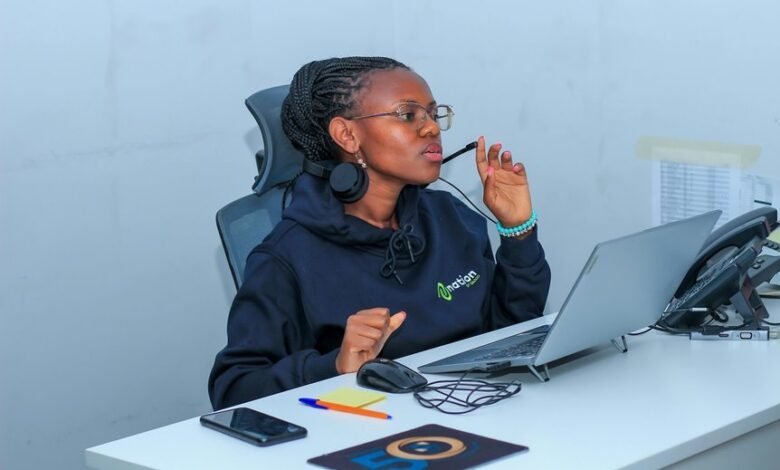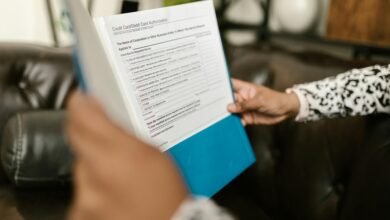3301230931 Delay Between Call Attempt and Callback

The delay experienced between the call attempt to 3301230931 and the subsequent callback can be attributed to various technical factors. Network congestion and high call volumes often overwhelm telecommunication systems. Additionally, inadequate infrastructure may prolong waiting times, leading to communication inefficiencies. Understanding these delays is crucial, as they can significantly affect both personal and professional interactions. Exploring potential strategies to mitigate these issues reveals further complexities in the communication landscape.
Understanding Call Delay Mechanics
Understanding the mechanics behind call delays is essential for optimizing communication efficiency.
Call routing processes can significantly impact connection times, as they determine the path taken through telecommunications networks.
Additionally, network latency introduces delays that may hinder timely callbacks.
Common Reasons for Callback Delays
While several factors can contribute to callback delays, network congestion often stands out as a primary culprit.
Additionally, inadequate infrastructure and high call volumes exacerbate these issues, leading to significant communication barriers.
Callback timing may be further affected by technical glitches or user availability.
Understanding these common reasons can empower individuals to navigate delays more effectively, ultimately enhancing their communication experiences.
Impact on Personal and Professional Communication
Callback delays can significantly influence both personal and professional communication dynamics.
Such delays impede effective communication, often leading to misunderstandings and frustration. In professional relationships, they can erode trust and hinder collaboration, diminishing overall productivity.
Conversely, in personal interactions, prolonged waiting may cause anxiety or resentment. Recognizing these impacts is crucial for fostering more responsive and meaningful exchanges in both spheres.
Strategies to Reduce Callback Delays
To minimize callback delays effectively, individuals and organizations can implement several strategic measures.
Enhancing callback timing through scheduled follow-ups and leveraging automated systems can significantly improve communication efficiency.
Additionally, prioritizing calls based on urgency and employing clear protocols for returning calls can streamline the process.
These strategies collectively foster a more responsive communication environment, ultimately reducing delays and enhancing overall engagement.
Conclusion
In conclusion, the delay between the call attempt to 3301230931 and the subsequent callback serves as a microcosm of broader telecommunication challenges, reminiscent of Dante’s journey through the inefficiencies of an overcrowded inferno. By understanding the underlying mechanics and implementing proactive strategies, individuals and organizations can navigate these delays more effectively, transforming frustration into opportunity. Ultimately, enhancing communication efficiency is not merely a goal but a necessary evolution in an increasingly interconnected world.





